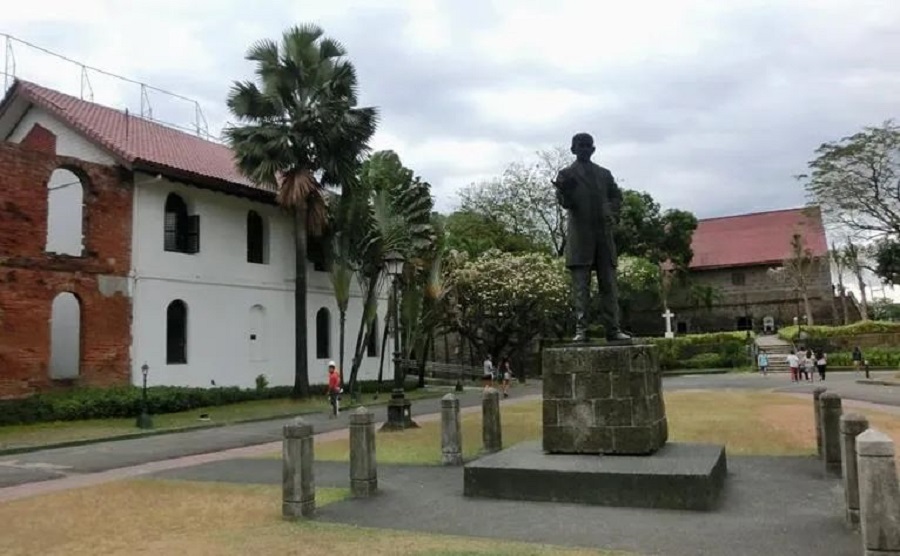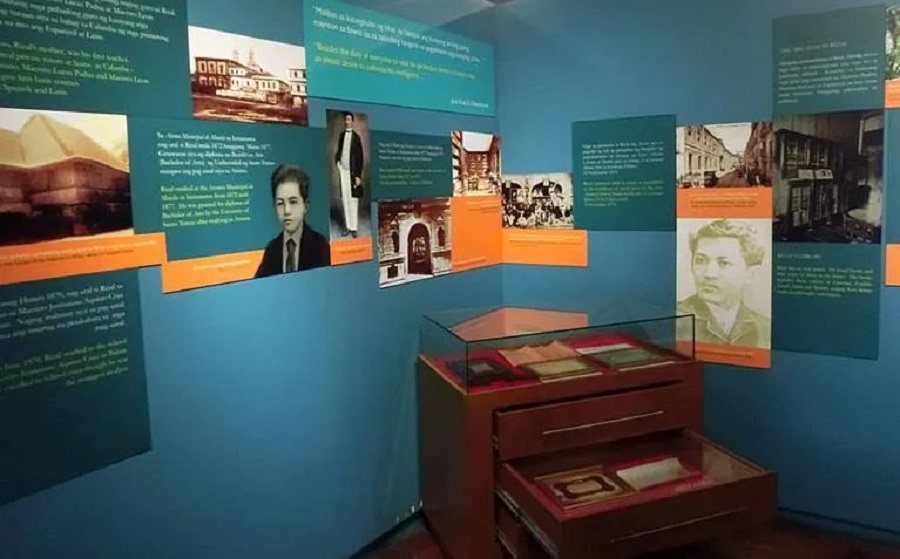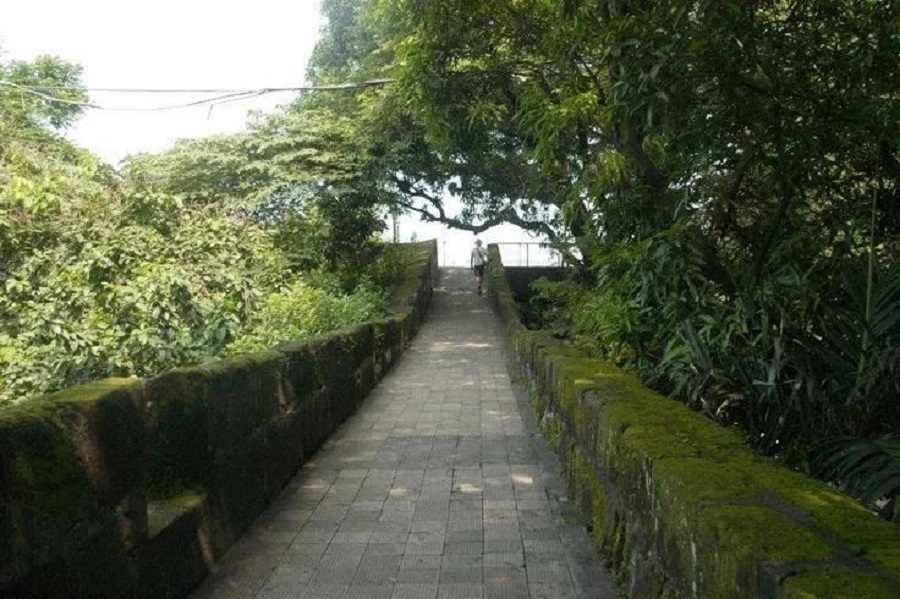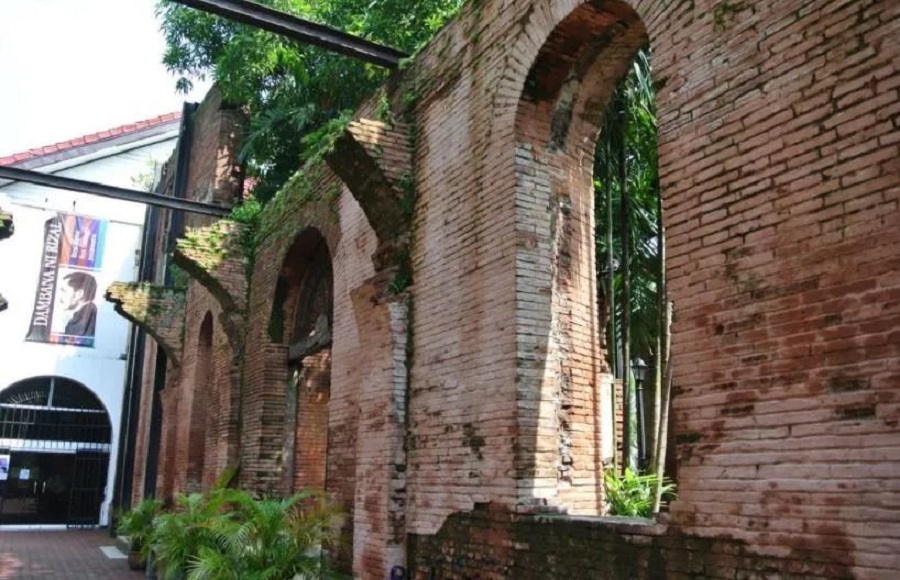Manila, the capital city and the largest port of the Philippines, is located on the east coast of Manila Bay, Luzon Island, the largest island in the Philippines. It is also called "Little Luzon" and is close to Manila Bay, a natural and excellent harbor. Manila is built on both banks of Bashi River. Manila is a city with a long history. On the basis of Indian civilization, Chinese civilization and ancient civilization in Central Asia, it combines Spanish and American Western civilization to form a culture of East West integration. Today, Manila is a tropical garden city with clean and tidy appearance, and also an international commercial port.
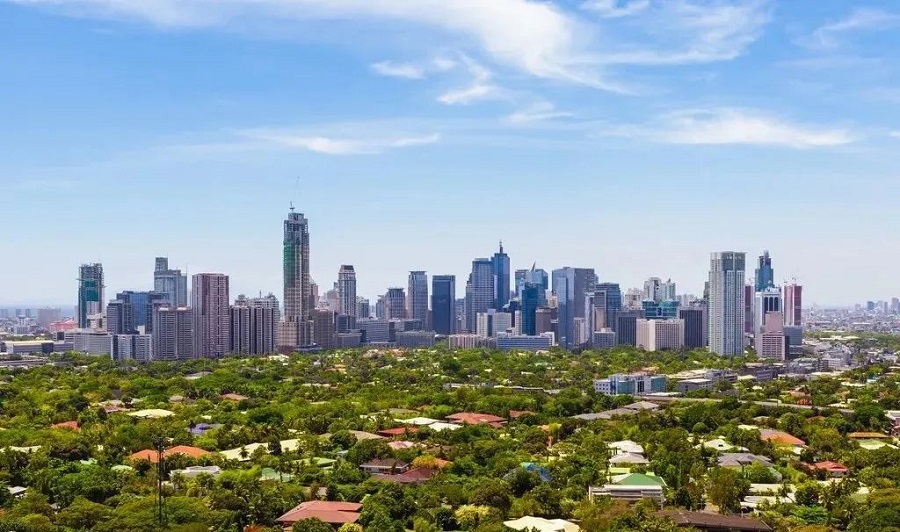
Manila Bay is a natural bay in the central Philippines and west of the capital Manila. There is a barrier of Bataan Peninsula on the west side, and the exit leads to the South China Sea. The main islands in the bay include Correido Island, etc. On March 16, 2013, Solaire, the first comprehensive resort on Manila Bay in the Philippines, opened with an investment of 1.2 billion dollars. It is a large resort with 500 accommodation rooms and more than 4000 employees.
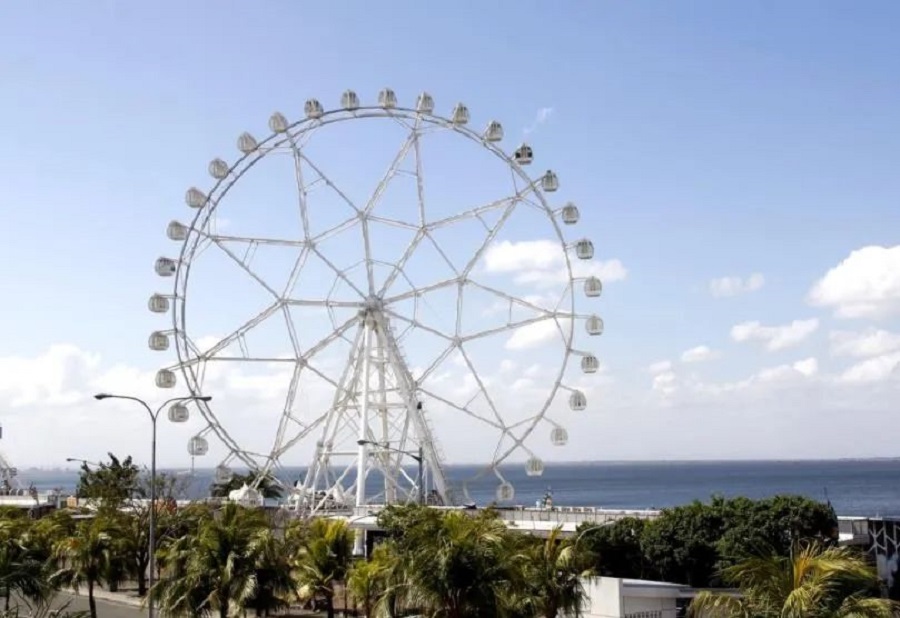
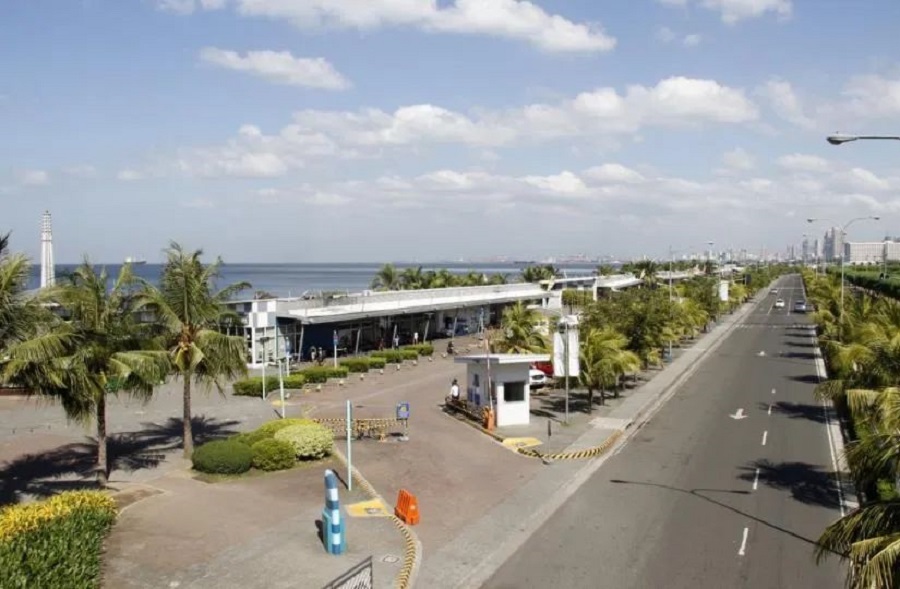
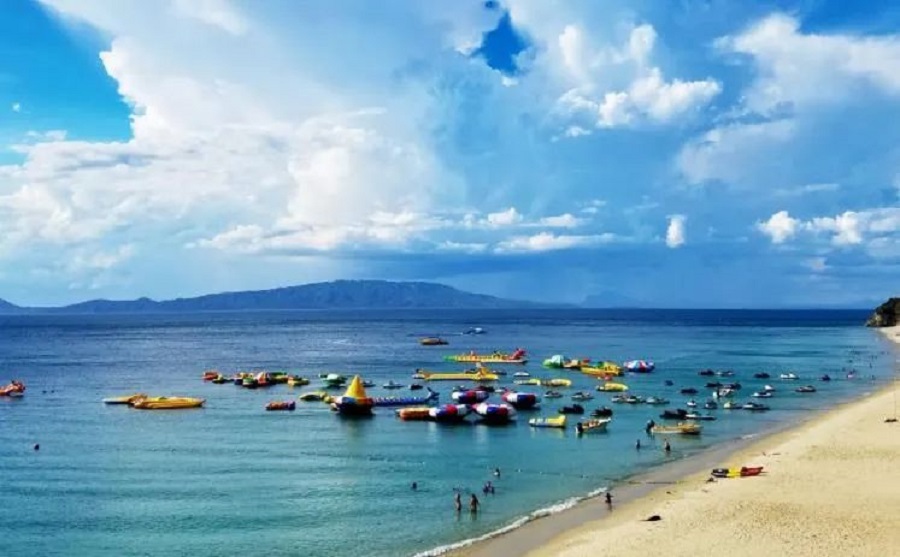
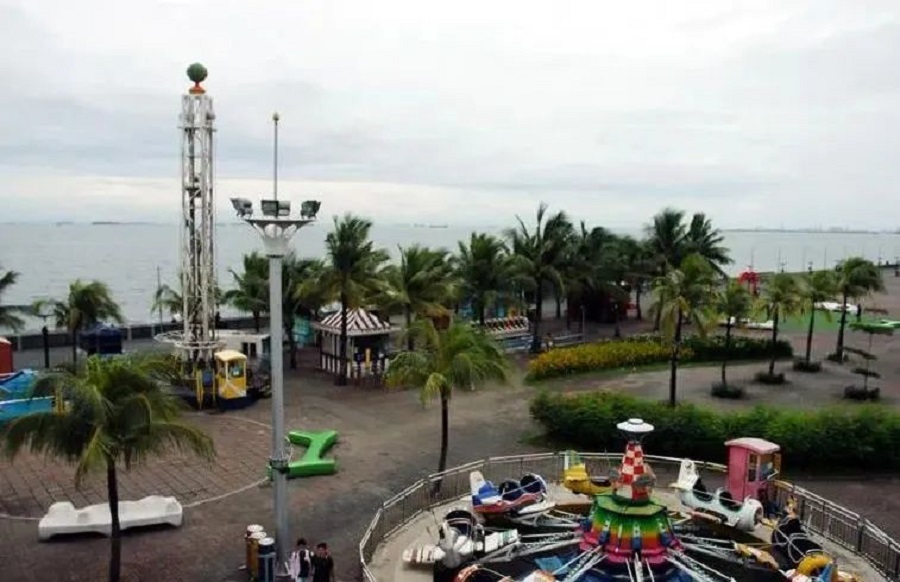
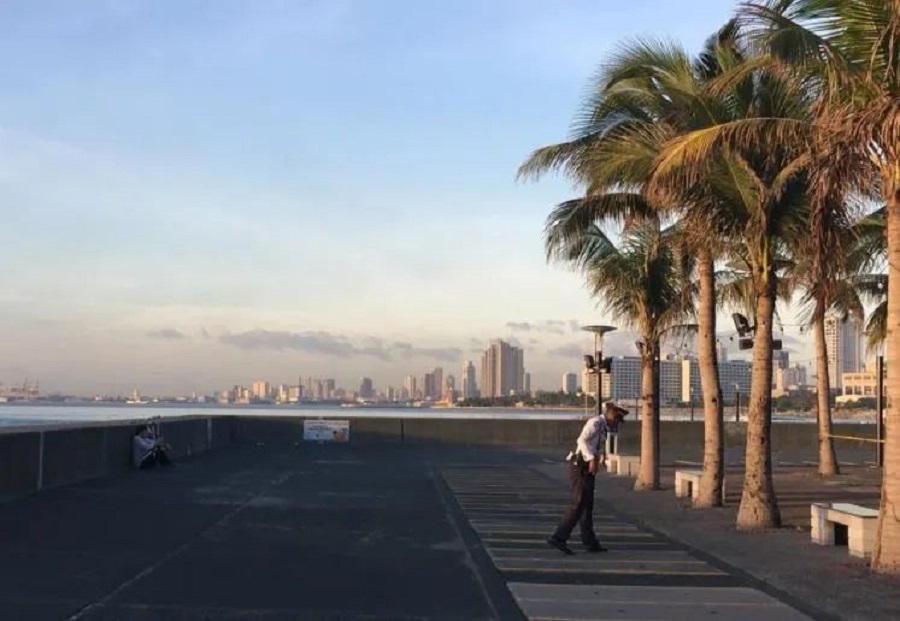
The King City of Spain, also known as the walled city, is on the bank of the Pasig River. It is the original site of Manila. In 1571, the Spanish built this castle in order to rule the Philippines. It covers an area of 1 square kilometer and is known as "the city in the city". The castle is surrounded by ditches and medieval walls. There are seven city gates, the governor's residence and 12 churches in the city. At the end of World War II, most of the castle was destroyed and part of it has been repaired. In the King City of Spain, visitors can feel the time going back. The ancient carriage carries tourists through the streets, gates, ports and strongholds. It exudes Spanish elegance and retains ancient architectural features.
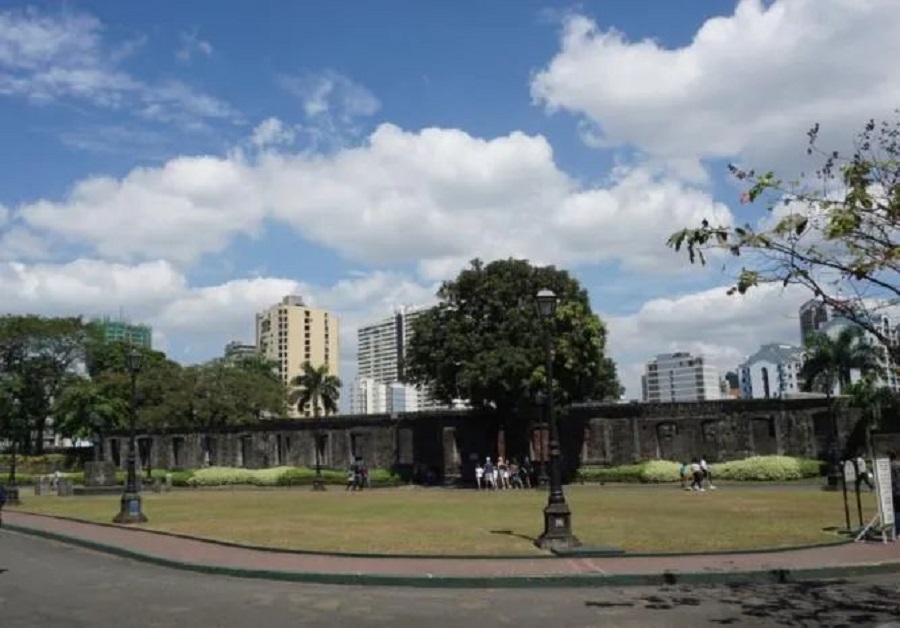
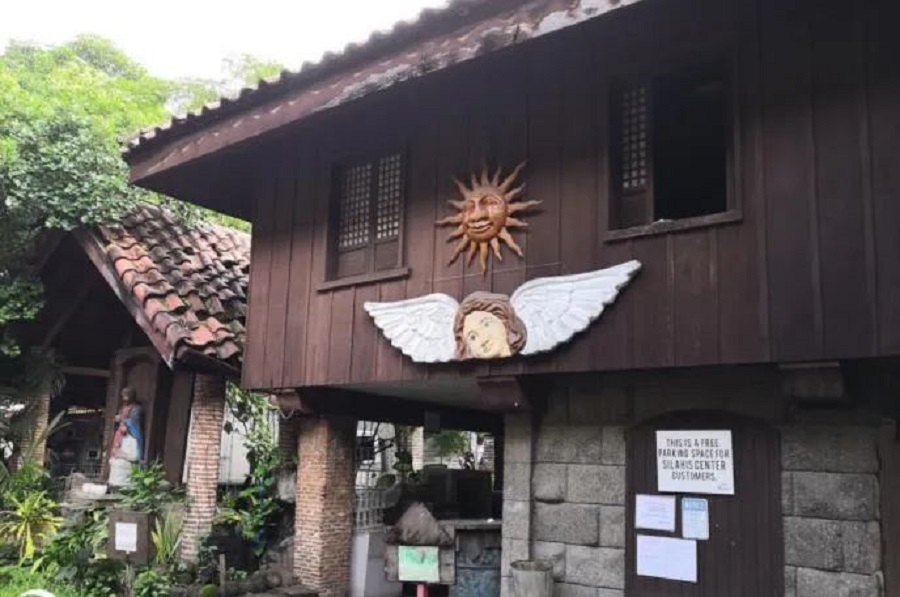
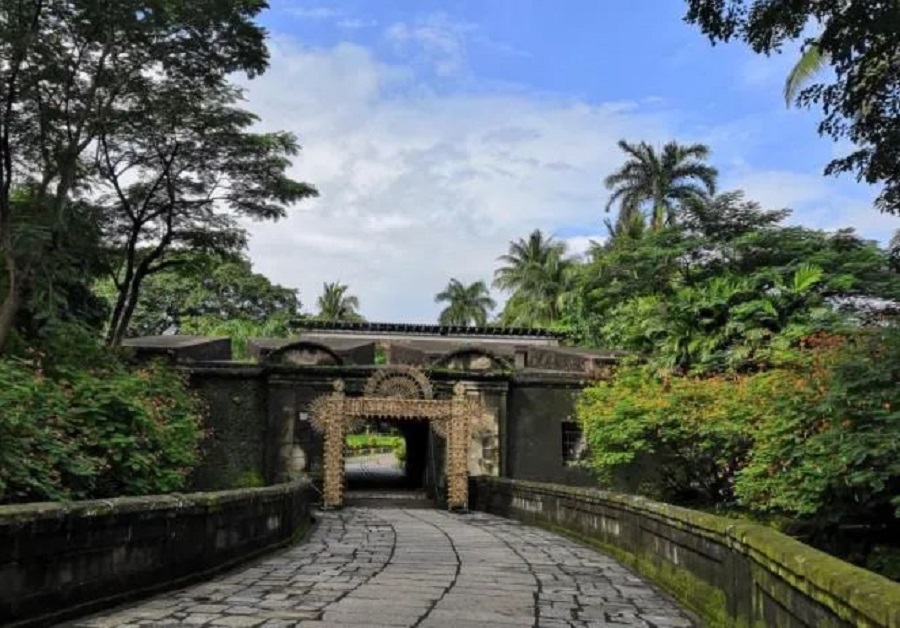
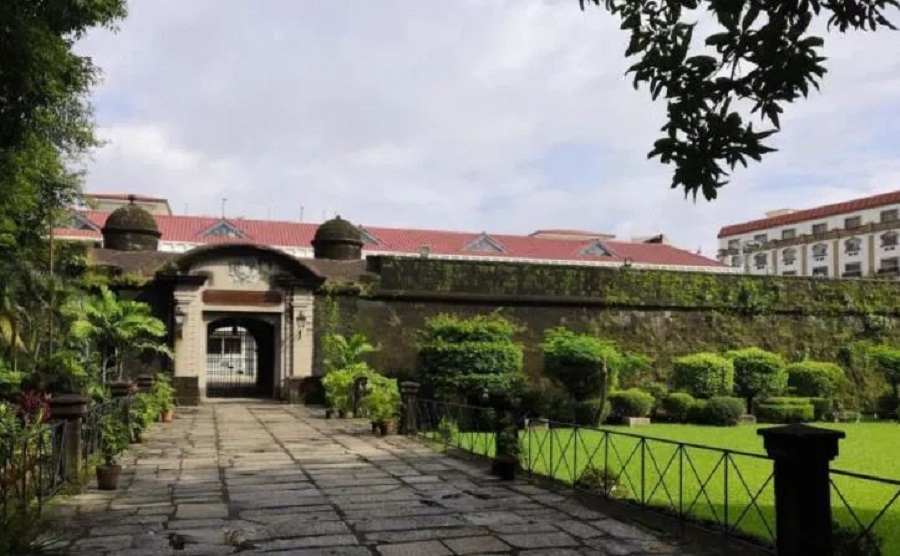
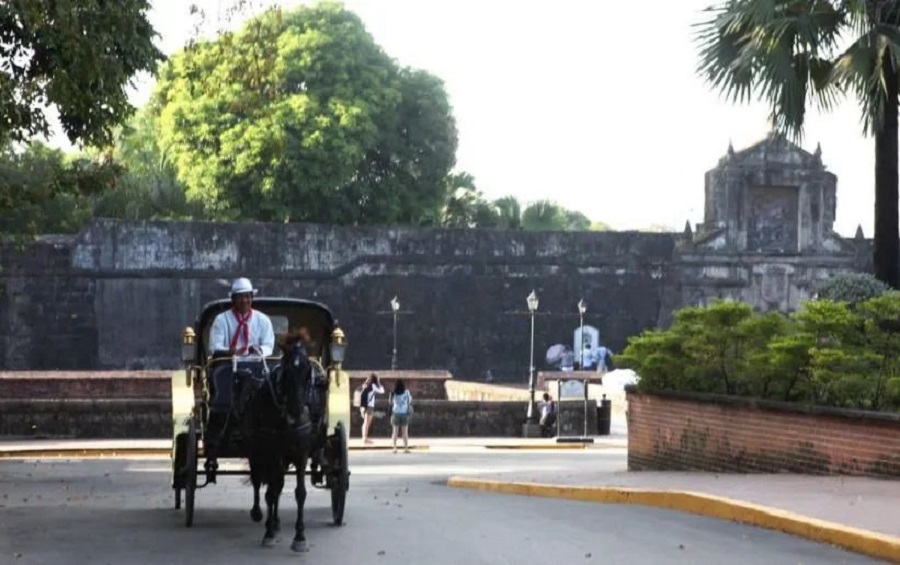
Santiago Castle was originally an ancient imperial city, which was surrounded by wooden fences. In 1590, the governor of Spain built a stone city with volcanic rocks dipped in duck egg white, which later became a place for imprisoning and executing important political prisoners. It is said that when the ancient castle was built, all the stones were collected from the meteorites at the bottom of Java and named Santiago Castle after the Portuguese patron saint to defend the attack of the local Malacca Sudanese army. The ancient fort and the ancient fort are still visible, and a wide golf course has been built on the land outside the city wall.
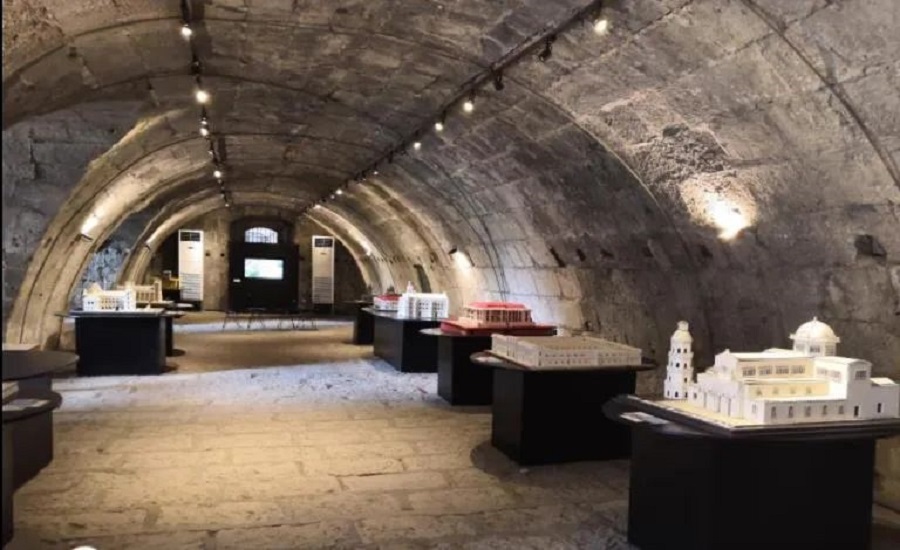
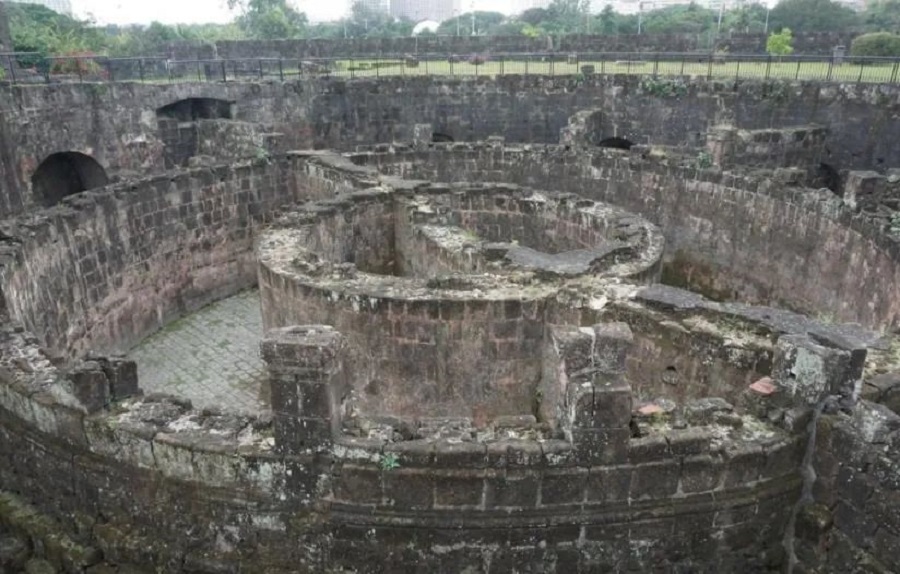
Lisha Park is a large green square in downtown Manila, equivalent to Tiananmen Square in Beijing. The theme is to commemorate Li Cha, the father of the Philippines. The greening is very good and the environment is beautiful. It is really rare to see Manila, where the city is not very clean. It is also a popular leisure place for citizens. Many Filipinos come here for holidays.
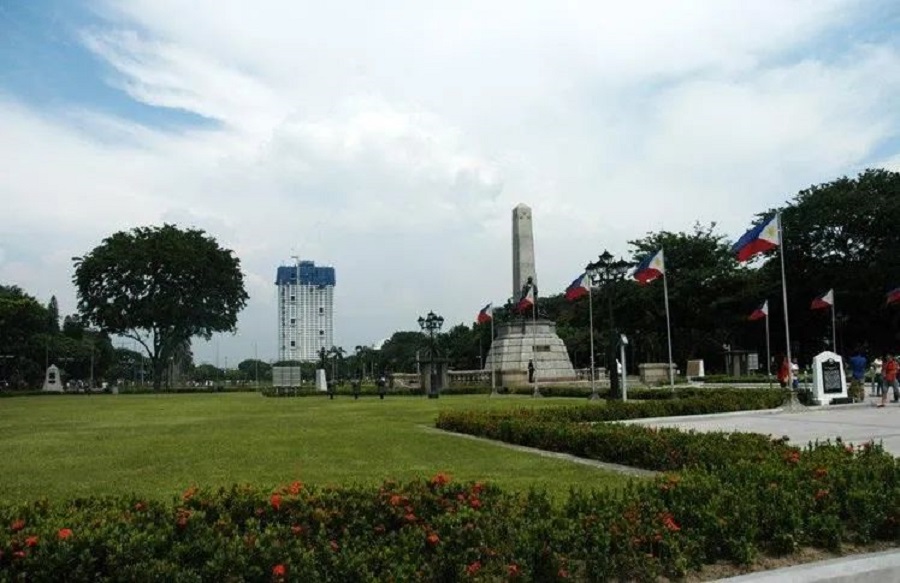
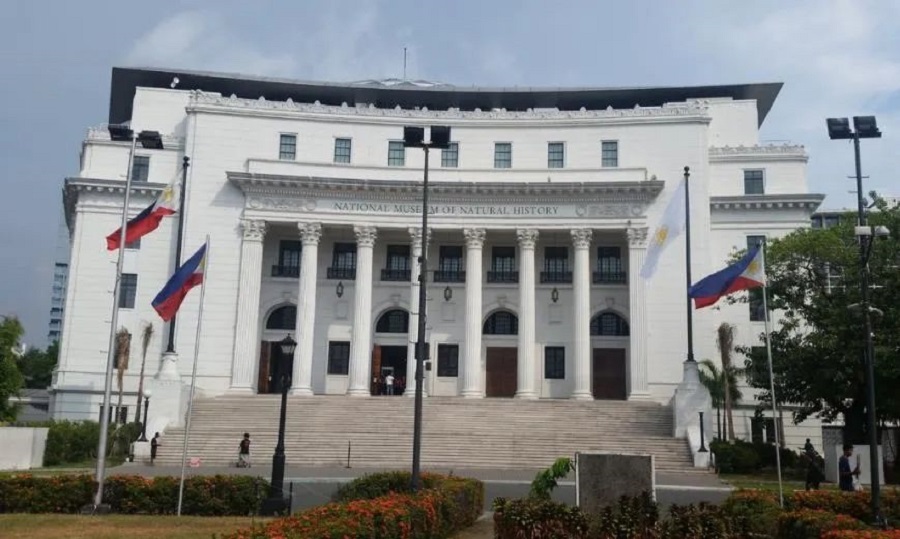
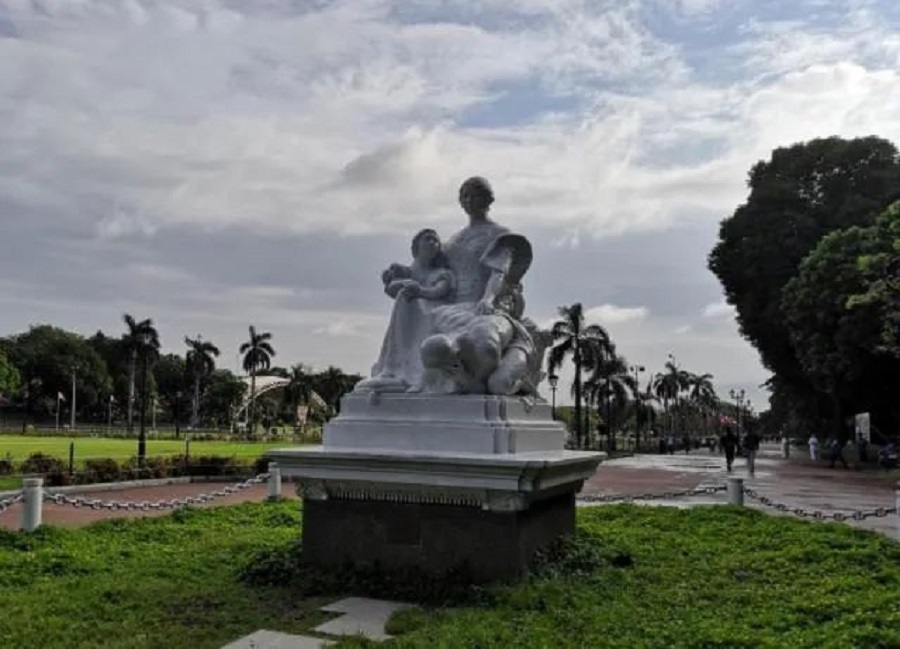

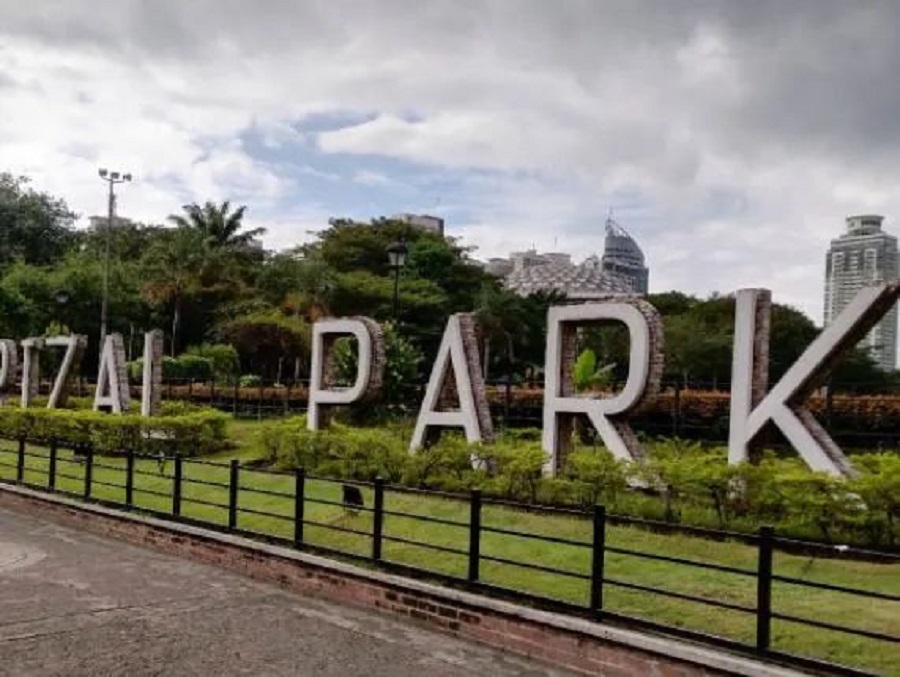
The Li Cha Memorial Hall is located in the Spanish royal city of Santiago Fort. It was originally a red brick house built in 1593. It is the barracks of Spanish soldiers. The original building was destroyed in World War II. The current memorial hall was built in 1953, which displays the materials and objects of Li Cha before his death.
